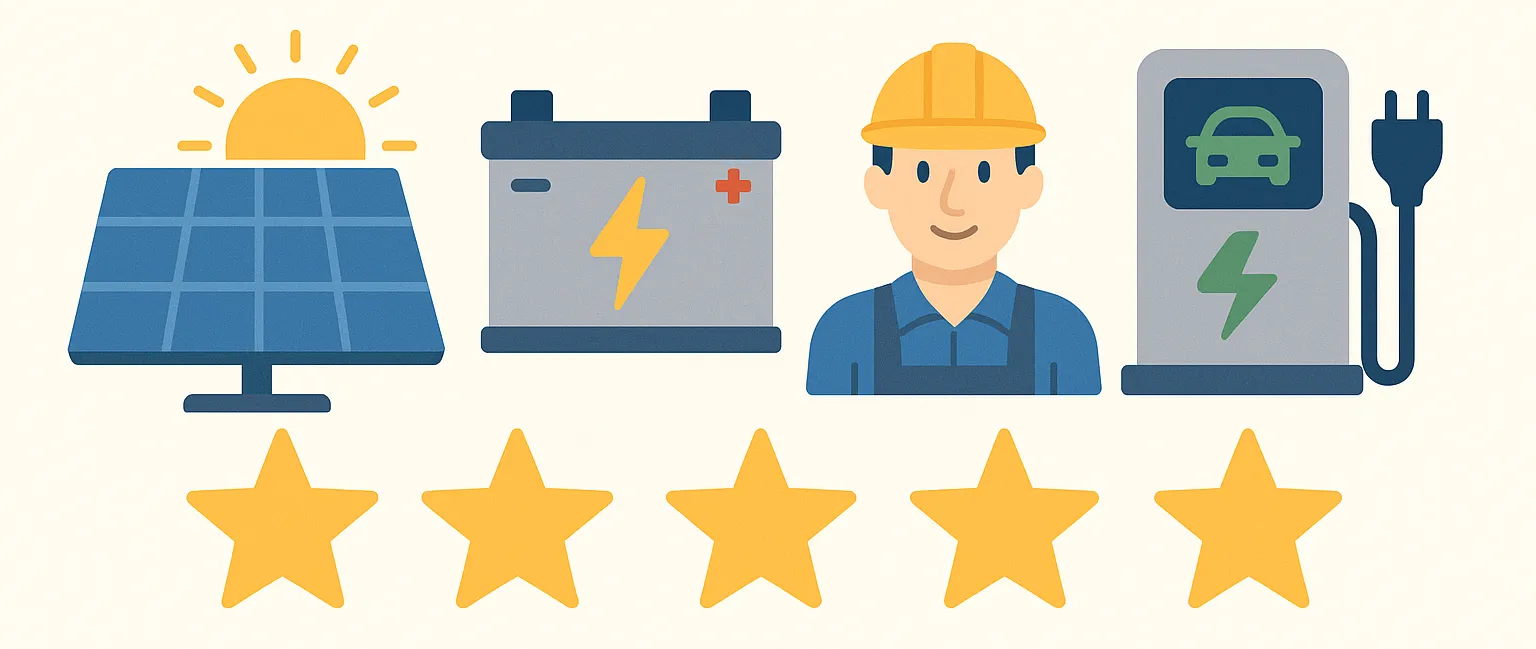China has proven its supremacy in the solar panels market and gone on to become the largest global manufacturer and market for both solar thermal and photovoltaics. Executives of some of the biggest solar manufacturing companies in China have compelled the industry to slash costs as inflation of raw materials caused a rise in panel prices for once in eight years.
Solar makers like Trina Solar Company and Longi Green Energy Technology Company noted that increasing prices were causing problems for their consumers—end-users of solar and that it was time for companies within the supply chain to enhance their collaboration in order to effectively balance the demand and supply of materials.
The company executives shared their sentiments during the SNEC International Photovoltaic Power Generation and Smart Energy conference recently held in Shanghai, and which comes at a time when the solar power industry is experiencing its worst bout of inflation in over a decade.
Solar Cost Inflation
The cost of a solar panels has increased 21% since the beginning of the year, possibly forcing developers to halt projects.
“The continuous surge in raw material costs this year has created a very big hassle for our end-customers,” stated Gao Jifan, Trina solar company’s chairman. “We need to break the trend as soon as possible.”
The main force behind the surging prices is polysilicon, the ultra-conductive material which acts as the key component in production of photovoltaic solar panels. Prices have rocketed more than four times in a span of one year as rising demand for new solar power surpassed supply capacity.
The meteoric price increase of materials has raised concerns regarding the supply security as stated by Zhong Baoshen, Longi’s Chairman at a panel discussion during the conference.
The solution, according to Zhong, will entail pumping more investment in production polysilicon, with companies that purchase polycilicon expected to slow their usage in order to boost the supply-demand balance. Prices might remain at their all-time high for the rest of this year, though the shortage in supply is expected to ease in 2022 and 2023 as new manufacturing plants start operations, Yali Jiang, an analyst with BloombergNEF said in a note on Wednesday.
